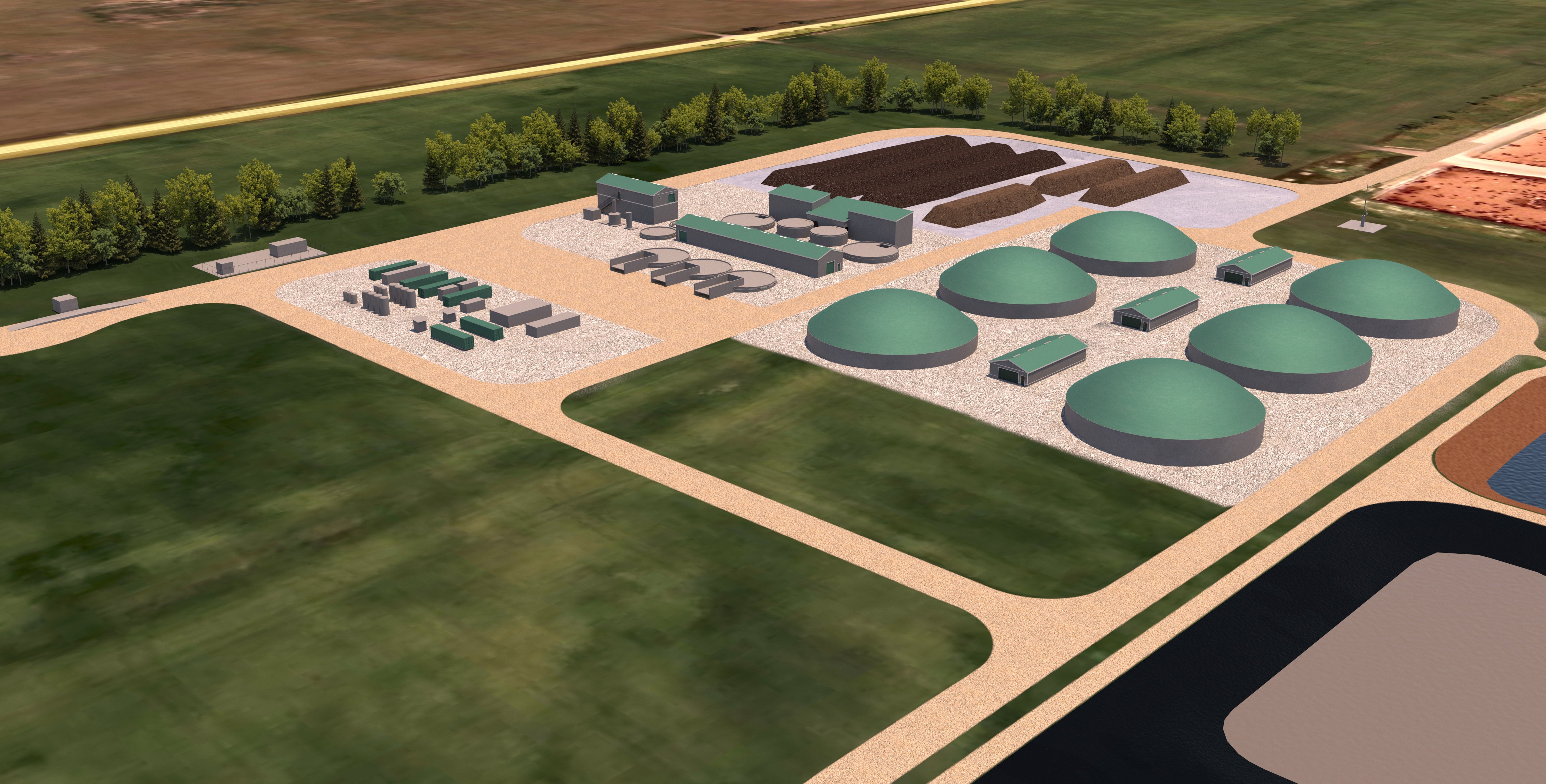Rimrock Biodigester Facility
At Rimrock Renewables LP, we aim to provide transparent communication to earn and retain the trust of residents and community members by being a reliable and honest neighbour.
Since the filing of Rimrock’s Environmental Protection and Enhancement Act (EPEA) Application with Alberta Environment and Protected Areas (AEPA) in June 2022, we have continued to engage with local landowners and residents of Foothills County and the High River area. We appreciate the level of community engagement regarding the proposed Project and our team has carefully considered and responded to hundreds of questions and concerns.
Based on feedback from local landowners and residents and AEPA, we are proposing notable improvements to the overall facility design, including the implementation of additional odour abatement. These updates are specifically intended to further minimize potential odours while continuing to ensure operational safety, traffic and noise management, and environmental protection. We are pleased to share these with you through this website.
Please visit the Rimrock Biodigester Facility Information page for more information on the upgraded design changes made to the proposed Rimrock Biodigester Facility.
